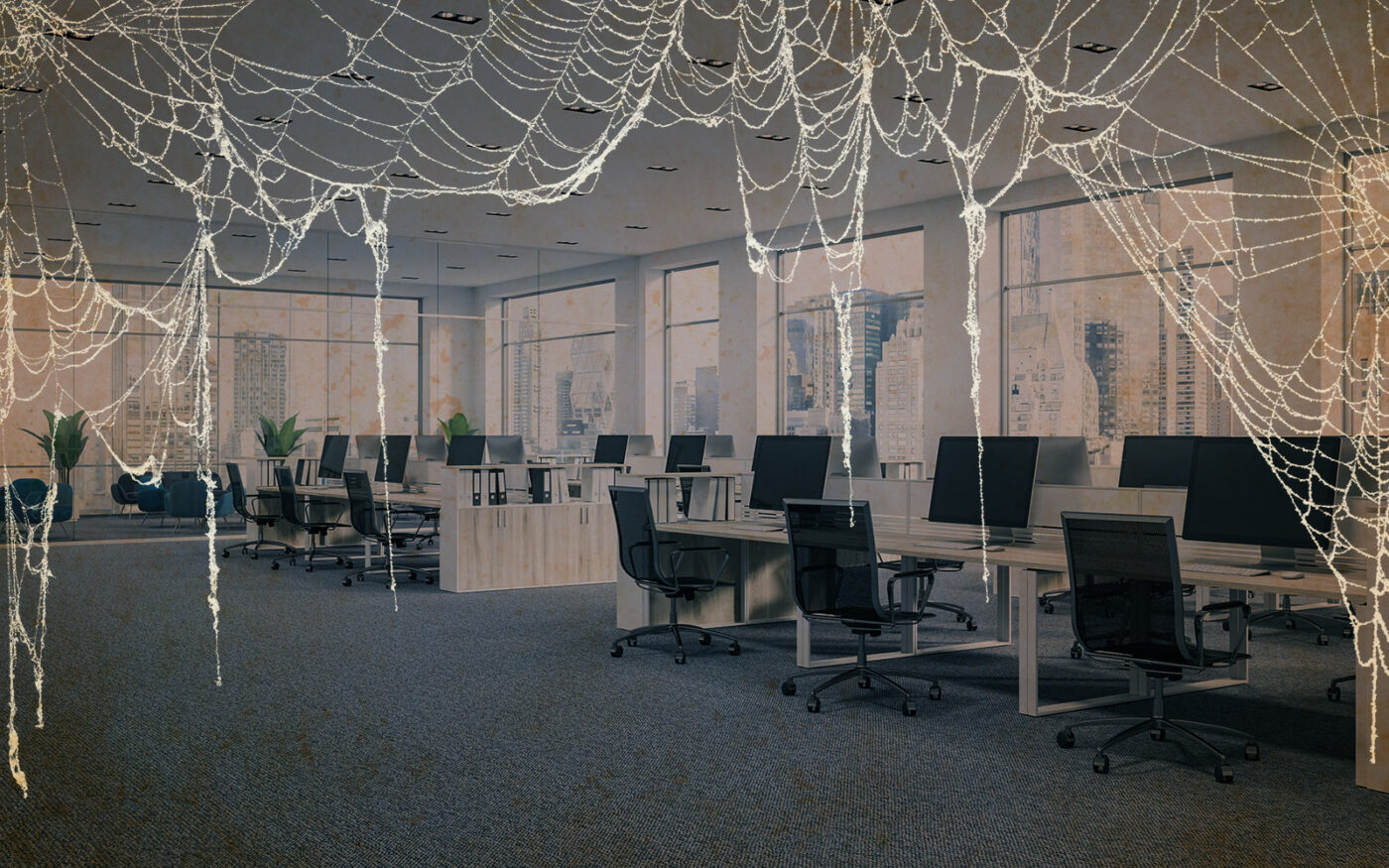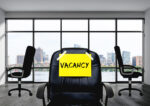Trending
US offices finished 2023 with record vacancies
Nearly 20% of space available at year’s end: Moody’s

For office landlords across the United States, there’s nowhere to go but up this year after 2023 ended on a low note with a new high.
The vacancy rate at the end of the last quarter was 19.6 percent, according to Moody’s Analytics data reported by the Wall Street Journal. It’s the highest national availability rate recorded since Moody’s began tracking office leasing in 1979.
The previous record noted by Moody’s was 19.3 percent, which was hit in both 1986 and 1991. At the end of last year, the vacancy rate was 18.8 percent.
The rise in vacancies across the country has been accelerated by the pandemic-era change in work habits. More people — and companies — are abandoning some or all of their office space to work remotely or in a hybrid fashion, reducing the need for expensive office leases.
But office vacancy today also has roots in an incident of yesteryear: the savings-and-loan crisis.
In the 1980s and early 1990s, office vacancies surged due to overbuilding. When the economic crisis occurred and the country went into a recession, tenants disappeared from the market. CBRE’s Mary Ann Tighe noted that the bulk of vacant space is in buildings constructed from the 1950s to the 1980s.
With the exception of a few years around the turn of the century, vacancies in the country never dropped below 10 percent. Since 2009 — in the aftermath of the Great Recession — the office vacancy rate nationally has never dipped below 16 percent, according to Moody’s.
Cities that had some of the largest vacancy rates three decades ago have turned into some of the country’s most-occupied markets. Palm Beach has seen its vacancy rate drop from 28.8 percent in 1991 to 14.2 percent last year, benefiting from the influx of finance companies.
The South is suffering the highest office vacancies. Everything is bigger in Texas and that applies to empty space, with the highest availability rates in Houston, Dallas and Austin. Cities previously resistant to vacancies are now awash in them, like San Francisco, suffering from the tech industry’s embrace of remote work.
— Holden Walter-Warner
Read more
 Downtown Chicago office vacancies climb to record high of 23.7%
Downtown Chicago office vacancies climb to record high of 23.7%
 Vacancies surge in Boston office market
Vacancies surge in Boston office market




